Doctor’s Half-Face Botox Experiment Shows Shocking Before/After Comparison
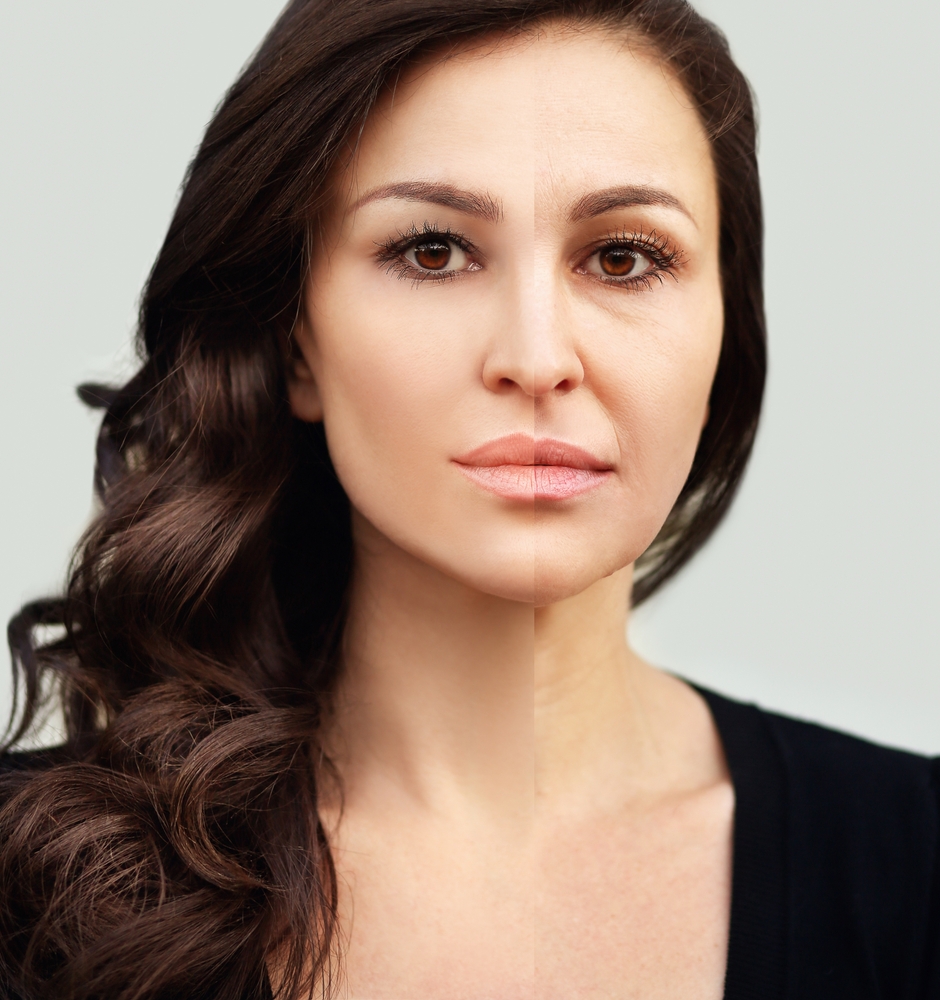
California physician drew a line down the center of her face and performed an experiment that would make millions of viewers stop scrolling. Two weeks of waiting preceded the big reveal as one side of her face responded to treatment while the other remained completely natural. Social media exploded when she attempted moving facial muscles that simply refused to cooperate.
Dr. Bita Farrell volunteered to become her own test subject for reasons most doctors would never consider. Cameras captured every moment as she tried contracting muscles that had been chemically paralyzed. Comparison between treated and untreated sides revealed differences so stark that viewers questioned whether such procedures could possibly be safe.
Debate erupted immediately. Some called her brave for showing unfiltered results. Others accused her of irresponsibly promoting dangerous cosmetic procedures. Everyone agreed the visual demonstration proved one thing conclusively: Botox delivers exactly what it promises, whether you like those results or not.
California Doctor Becomes Her Own Lab Rat
Neurotoxins such Botox relax the muscle that pulls the jaw down. This results in a neck lift (Nefertiti neck lift) and…
Posted by Natural Aesthetics Center by Dr. Bita Z. Farrell on Thursday, January 12, 2023
Dr. Bita Farrell decided scientific demonstration required personal sacrifice. Rather than showing before-and-after photos of anonymous patients or explaining Botox effects theoretically, she chose direct visual proof. Drawing a vertical line down the middle of her face created clear boundary between experiment and control.
Only right side lower facial muscles received injections. Left side remained completely untreated to preserve natural muscle function and facial expression. Two weeks passed between injection and results video, allowing Botox time to take full effect on targeted muscles.
“For the sake of science and education,” she explained her motivation to social media followers. Educational content about cosmetic procedures often relies on professional photography, careful lighting, and edited images. Dr. Farrell’s approach eliminated all variables except the treatment itself.
Board-certified physician with Clinical Professor credentials from UCLA brought over twenty years of injection experience to the experiment. California-based content creator built audience of 101,000 to 250,000 followers across platforms by sharing medical knowledge about aesthetic treatments.
Two Specific Muscles Targeted in Lower Face
DAO muscle, short for depressor anguli oris, pulls mouth corners downward during facial expressions. Everyone possesses this muscle, which activates when frowning, showing displeasure, or simply relaxing facial features into neutral position. Over decades, repeated DAO contractions create marionette lines extending from mouth corners down toward chin.
Platysma muscle controls broader facial expressions and mouth movements across lower face and upper neck. Sheet-like muscle extends from jawline down to collarbones, creating visible bands when people grimace or express strong emotions. Age and gravity cause platysma to pull facial tissues downward, contributing to jowls and neck sagging.
Both muscles received Botox injections on right side only. Left side maintained full muscle function without any chemical intervention. Experimental design created perfect comparison showing exactly what happens when these specific muscles get paralyzed while surrounding tissue remains active.
Muscle selection proved strategic for demonstrating Botox effects. Lower face muscles show obvious movement during normal expressions, making paralysis immediately visible on camera. Viewers could watch Dr. Farrell attempting to contract muscles and see clear differences between sides.
What Botox Actually Does Inside Your Face
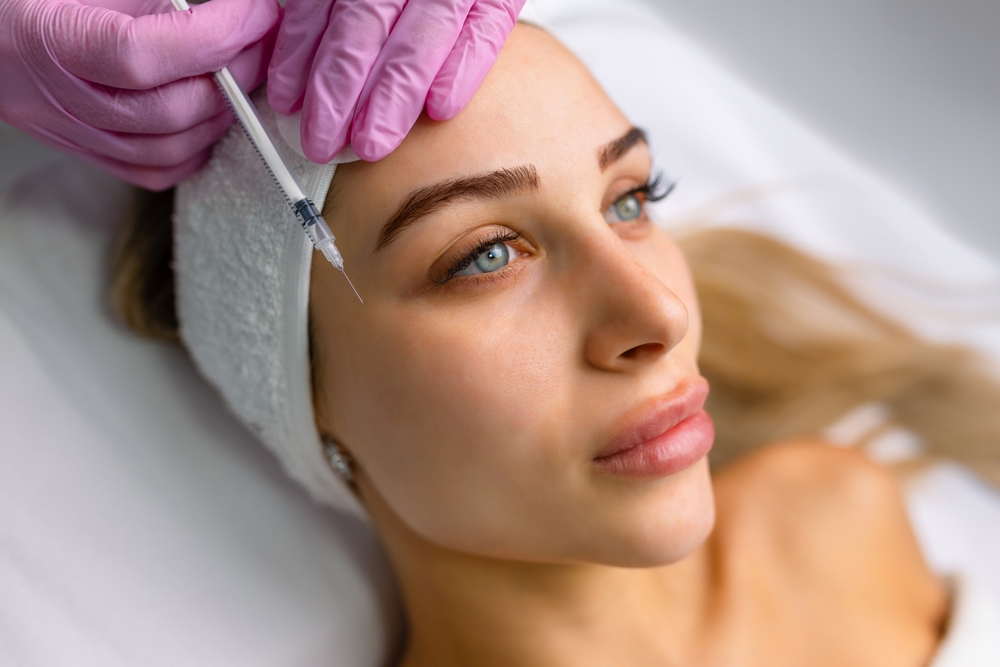
Botulinum toxin blocks nerve signals traveling from brain to muscles. Neurons normally release chemical messengers that tell muscle fibers to contract. Botox interrupts this communication pathway by preventing neurotransmitter release at nerve-muscle junctions.
Paralyzed muscles cannot contract regardless of brain signals attempting to activate them. Without contraction, muscles remain relaxed in lengthened state. Skin overlying these muscles stops folding and creasing from repeated movements that normally create wrinkles over time.
Effect remains temporary because body gradually metabolizes injected botulinum toxin. New nerve terminals grow and reestablish communication with muscle fibers. Process takes approximately three to four months before muscle function returns to pre-injection levels.
Ongoing maintenance requires repeated injections to sustain cosmetic effects. People seeking long-term wrinkle reduction must schedule regular appointments and continue treatments indefinitely. Financial and time commitments add up over years of maintaining results.
Two Weeks Later, Results Speak for Themselves
Dr. Farrell attempted contracting both sides of her lower face equally during results video. Left untreated side demonstrated full range of muscle flexibility and natural expression. Viewers could see platysma and DAO muscles activating, pulling skin and tissue downward as anatomy dictates.
Right injected side remained almost completely frozen despite her obvious efforts. “I’m really trying to pull this side!” she explained while struggling to activate paralyzed muscles. Facial asymmetry became dramatic as one half responded to neural commands while the other stayed motionless.
Video clearly showed muscle activity differences without requiring medical training to interpret results. Anyone watching could see left side pulling downward while right side remained elevated and smooth. Visual demonstration proved more powerful than any written explanation or static photograph could achieve.
Struggle to move treated side highlighted how completely Botox paralyzes targeted muscles. No amount of mental focus or effort could overcome chemical blockade preventing nerve-muscle communication. Viewers witnessed total loss of voluntary muscle control in real time.
Untreated Side Shows Dramatic Muscle Activity
@drbitafarrell A little over a year ago, I posted a reel where I injected only half of my face with botulinum toxin. I did it to teach — to show how thoughtful muscle balance can shape a face naturally, and how facial expressions are deeply connected to anatomy, not just lines and wrinkles. Today, that reel has made international headlines. It’s been featured on New York Post, Yahoo news, AOL, UNILAD, MSN, DailyMail, News Break, LADbible, Indy100, Inquisitr, Yahoo News UK, and News9 Live, and more. While some reports mistakenly mentioned “filler” (this was only botulinum toxin — and any brand could be used), the heart of the message is what matters most to me: Education. Awareness. Responsibility. I never set out for attention. I simply wanted to help people see the artistry behind aesthetic medicine — that it’s not about freezing faces, but restoring balance, emotion, and beauty in a way that still feels like you. I’m overwhelmed with gratitude to see this message now touching so many people around the world. Thank you to everyone who believes that medicine and education can coexist with beauty. #botox #botoxtraining #daobotox #nefertitinecklift #iinjectedhfmyfacewithbotox #drbitafarrell #naturalaestheticscenter
♬ original sound – Drbitafarrell
Left side of Dr. Farrell’s face displayed age-appropriate movement patterns. “You can see that the platysma muscle on this side is really contracting and pulling my jawline down, and so is my DAO, pulling the corner of my mouth down,” she explained while demonstrating natural muscle function.
Platysma bands became visible as muscle sheet contracted during facial expressions. Jaw line pulled downward slightly, creating subtle jowl appearance. Mouth corner descended as DAO muscle activated, producing downturned expression that many people seek to correct through cosmetic treatments.
Natural facial expressions happened easily and automatically on untreated side. Decades of learned muscle patterns continued without interruption. Brain signals reached muscles without interference, producing movements people make unconsciously throughout daily conversations and emotional reactions.
Comparison side provided baseline showing what Dr. Farrell’s face looked like before intervention. Viewers could assess whether natural aging patterns or paralyzed alternative appeared more appealing. Personal preferences varied wildly among commenters responding to demonstration.
Frozen Side Creates Unexpected Lifting Effect
Cheek rode noticeably higher on Botox-treated right side compared to natural left. Nasal labial fold, the crease running from nose side to mouth corner, appeared softer and less pronounced. Shadow at marionette line decreased as surrounding tissue lifted slightly upward.
Jawline appeared sharper on treated side where platysma could no longer pull tissue downward. Neck area showed subtle lifting effect as lower face muscles remained paralyzed. Cheeks seemed fuller and more youthful when downward-pulling forces were eliminated.
Visual differences proved substantial enough that casual observers could distinguish treated from untreated sides. Some viewers reported surprise that paralyzed side appeared younger despite frozen quality. Others preferred natural expressiveness over smooth but immobile appearance.
Dr. Farrell explained mechanism behind these changes. “Muscles of the face either pull up or pull down. When the muscles that pull the lower face down (platysma and DAO) are injected and relaxed with a neuromodulator such as Botox, the muscle that pulls the mid face up (zygomaticus or cheek muscle) dominates and pulls the face up!”
Three to Four Months Then You Start Over
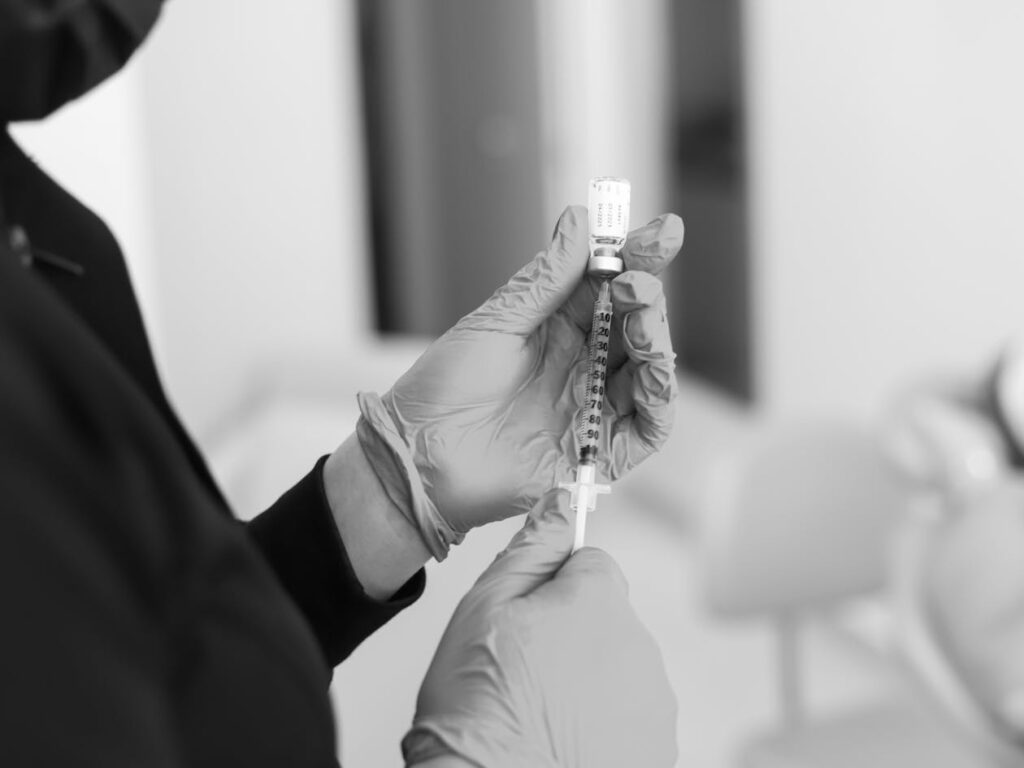
Results last average duration of 3-4 months before Botox effects wear off completely. Body metabolizes botulinum toxin gradually while new nerve terminals grow and reestablish muscle communication. Process reverses paralysis as muscle function returns to baseline levels.
Maintaining cosmetic benefits requires scheduling repeat injections every few months indefinitely. People committed to Botox lifestyle face ongoing financial obligations and time commitments. Procedures must continue for years or decades to sustain wrinkle-free appearance.
Costs add up quickly when calculated annually or over lifetime. Even relatively affordable treatments of £100 become substantial expenses when repeated quarterly. Time spent traveling to appointments, waiting for procedures, and recovering from minor side effects compounds beyond simple monetary considerations.
Some people embrace maintenance routine as worthwhile investment in appearance. Others find endless cycle of injections exhausting or financially unsustainable. Personal values about aging, beauty, and resource allocation determine whether individuals view commitment as reasonable or excessive.
Safety Concerns About Botox Treatments
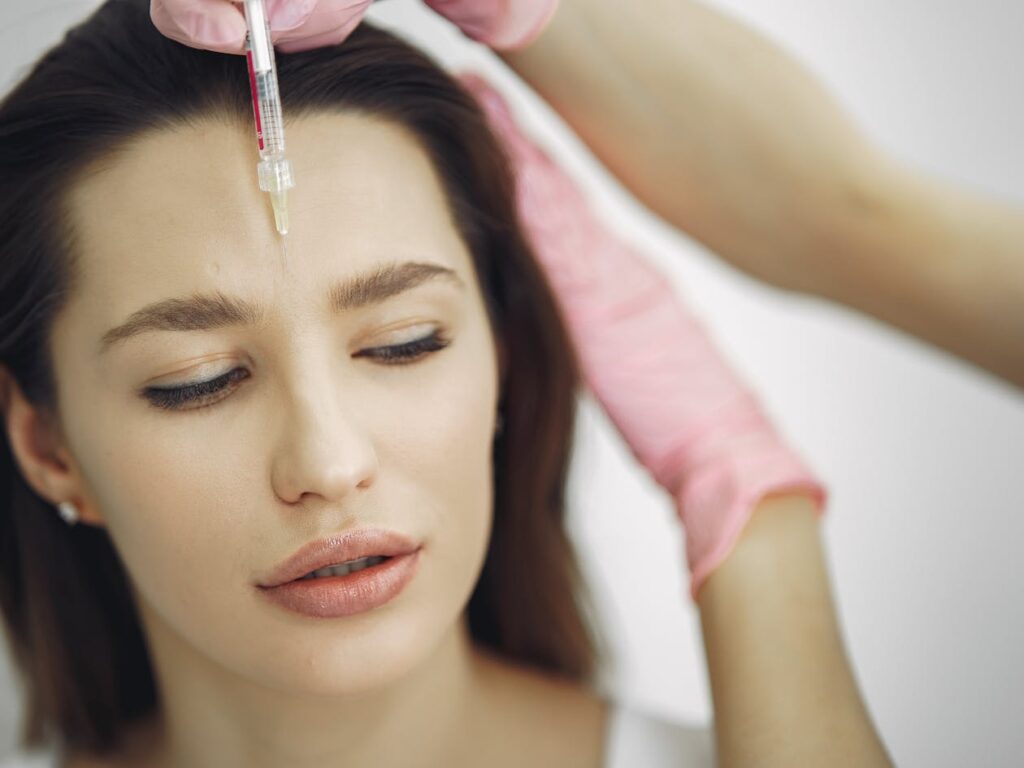
Bruising and pain occur frequently at injection sites as needles penetrate facial tissue. Flu-like symptoms including headaches, nausea, and general malaise affect many patients following treatments. Research published recently suggested nearly four in five patients experience some side effects from anti-wrinkle injections.
Facial drooping happens when Botox spreads beyond intended treatment areas or when providers inject incorrect muscle groups. Drooping eyelids or asymmetrical expressions can last months until effects wear off naturally. No reversal agent exists to immediately undo unwanted paralysis.
Blurred or double vision occurs if Botox affects muscles controlling eye movement. Breathing difficulties represent most serious potential complication, though rare when treatments target facial muscles only. Severity of reactions varies based on injection placement, dosage, and individual patient responses.
Proper administration by experienced practitioners reduces but cannot eliminate risks. Even skilled providers occasionally produce unsatisfactory results requiring patience as effects gradually resolve. Patients must weigh potential complications against desired cosmetic improvements.
Industry Regulation Desperately Lacking
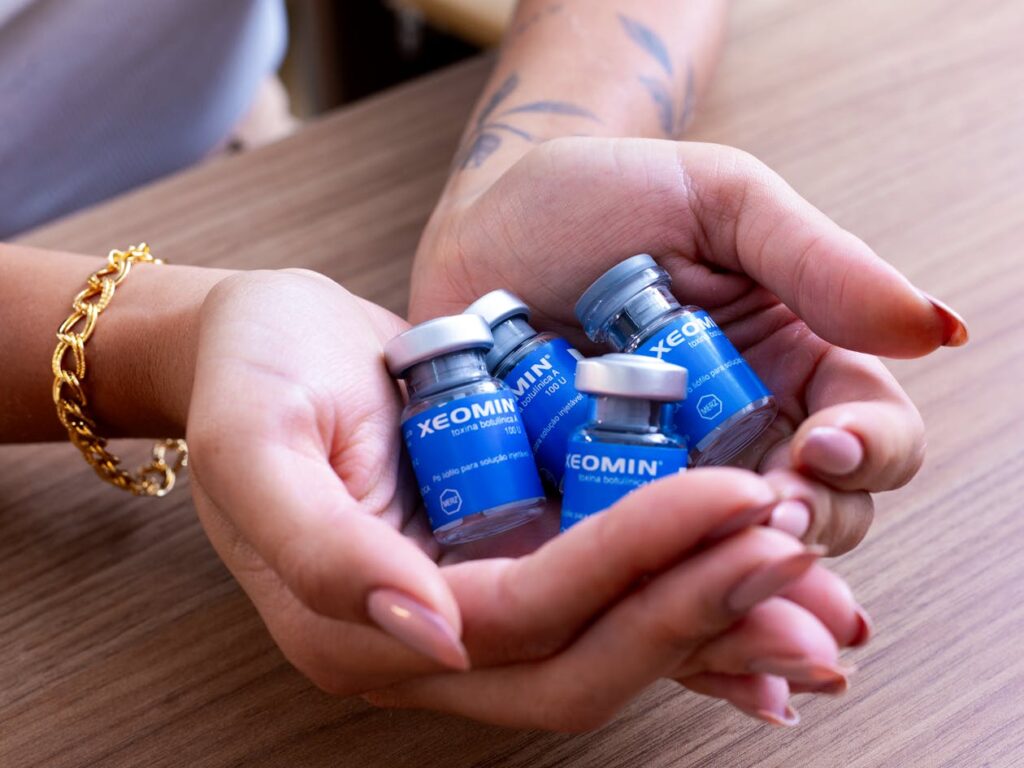
Some providers complete only week-long training courses before injecting paying customers. Minimal education requirements create situations where inexperienced practitioners perform procedures carrying real medical risks. Campaigners continue calling for stricter safety standards and oversight.
Private Botox treatments cost as little as £100 and can be completed in ten-minute appointments. Low prices and quick procedures attract consumers but may indicate inadequate time for proper consultation, planning, and careful injection technique.
NHS does not offer Botox for cosmetic purposes, limiting availability to private pay providers operating with varying standards. Medical conditions including chronic migraines, excessive sweating, and muscle spasms qualify for NHS-covered Botox treatments when appropriate.
Industry operates in regulatory gray area where cosmetic procedures face less oversight than surgical interventions despite carrying genuine health risks. Calls for reform continue as more people seek aesthetic treatments from providers with questionable qualifications.
Educational Value Versus Vanity Culture
Dr. Farrell’s demonstration provided unfiltered transparency about cosmetic procedure results. Real effects shown without professional photography, clever angles, or digital editing. Viewers saw actual muscle paralysis and lifting effects in honest comparison format.
Whether such demonstrations help or harm public understanding remains debatable. Transparency might empower informed decisions while normalized anti-aging interventions could pressure people toward unnecessary procedures. Educational content walks fine line between information and promotion.
Body image concerns intensify when social media constantly shows enhanced, edited, and treated appearances. Seeing real Botox results might reduce unrealistic expectations or alternatively make cosmetic procedures seem essential for acceptable appearance.
Loading...

